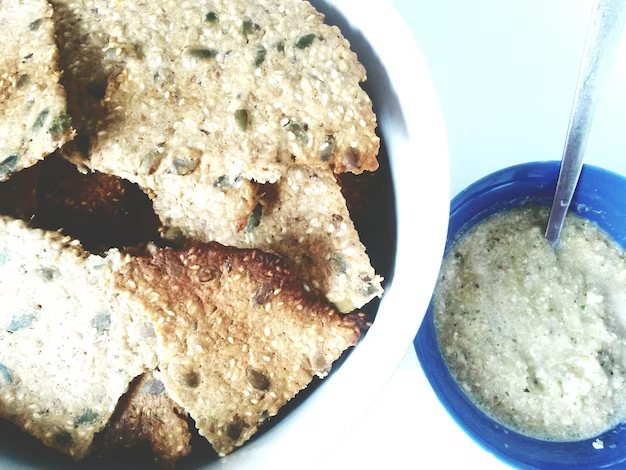Navigating Diabetes: Can You Enjoy Grits?
Grits, a quintessential comfort food in Southern cooking, often sparks a special kind of culinary love. When you're managing diabetes, finding ways to enjoy beloved foods like grits becomes essential. So, can a diabetic eat grits? The answer isn't black and white, but with mindful eating and proper management, grits can make their way onto your menu.
Understanding Grits and Diabetes
Grits are made from corn, naturally high in carbohydrates. This means they can impact your blood sugar levels significantly, which is a vital concern for diabetics. However, not all grits are created equal. There are whole-grain options that contain more fiber, slowing down the absorption of sugar into the bloodstream. This can help prevent spikes in blood sugar levels.
People with diabetes should focus on the glycemic index (GI) of foods. Grits usually have a high GI, but pairing them with protein and fat can lower the meal's overall glycemic load. Adding fiber-rich ingredients like vegetables or serving grits with lean proteins can offer a more balanced meal.
Smart Ways to Include Grits in a Diabetic Diet
- Choose Stone-Ground or Whole-Grits: These are less processed and maintain more nutrients.
- Watch Portion Sizes: A smaller serving can still satisfy your craving without overloading on carbs.
- Combine with Protein and Fiber: Balance your plate with eggs, avocados, or a side of vegetables.
- Monitor Blood Glucose: Keep an eye on how grits affect your blood sugar and adjust your intake accordingly.
While moderation is key, it's also important to consider your overall lifestyle, including how you manage your diabetes through diet, exercise, and medication.
Beyond the Plate: Financial Assistance and Resources
Managing diabetes can be costly, making it crucial to explore avenues of financial assistance that can ease your burden. Here are some practical ways to secure support:
Government Programs
- Medicare and Medicaid: These programs often cover a portion of diabetic supplies and medications.
- Supplemental Nutrition Assistance Program (SNAP): Offers food-purchasing assistance to those in need.
Financial Assistance
- Pharmaceutical Assistance Programs: Many manufacturers offer savings programs on diabetic medications.
- Local Charities and Non-profits: Organizations often provide financial aid or discounted supplies.
Education and Financial Literacy
- Educational Grants: Pursue grants that cover education in areas such as nutrition and diabetes management.
- Financial Literacy Workshops: Learn how to budget effectively for medical expenses.
Balancing your diet with careful planning allows enjoyment of foods like grits while managing your diabetes effectively. Equipping yourself with knowledge of financial resources further empowers you to handle your health condition with less stress and more confidence.
Quick Reference for Financial Support:
- 🩺 Medicare/Medicaid: Covers some diabetes-related expenses.
- 🍽 SNAP: Food assistance to help afford healthy food options.
- 💊 Pharmaceutical Programs: Discounts on insulin and diabetes medications.
- 🤝 Charities/Non-profits: Financial aid for supplies and education.
- 🎓 Grants: Funding for educational opportunities focused on diabetes.
- 📚 Workshops: Financial literacy programs to better manage medical expenses.
